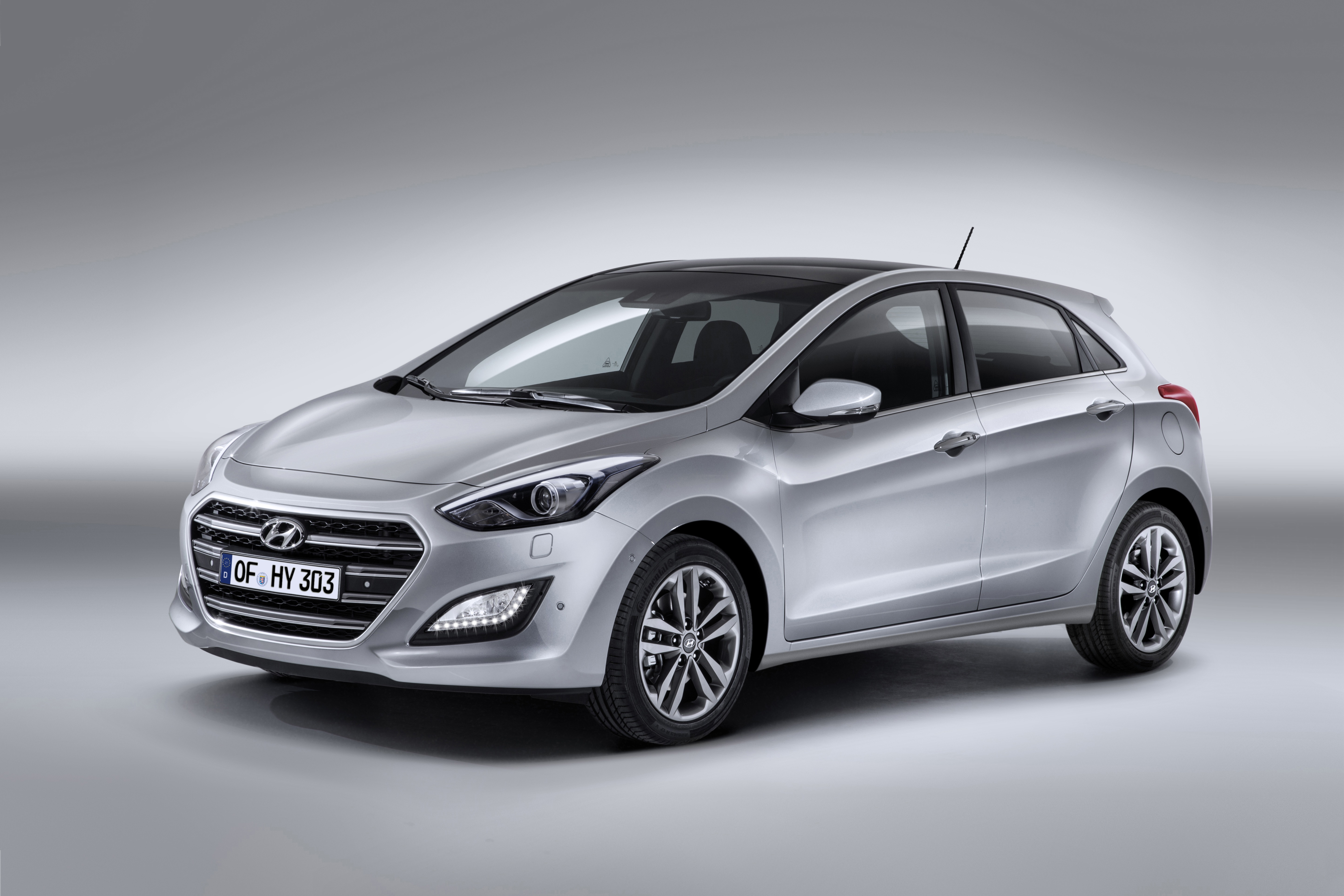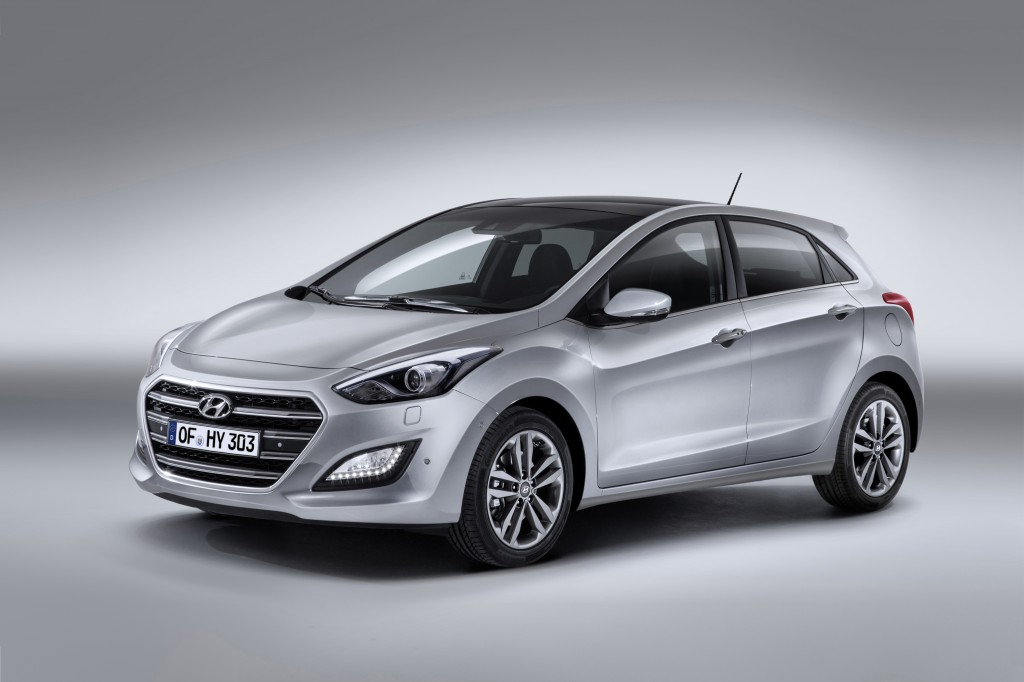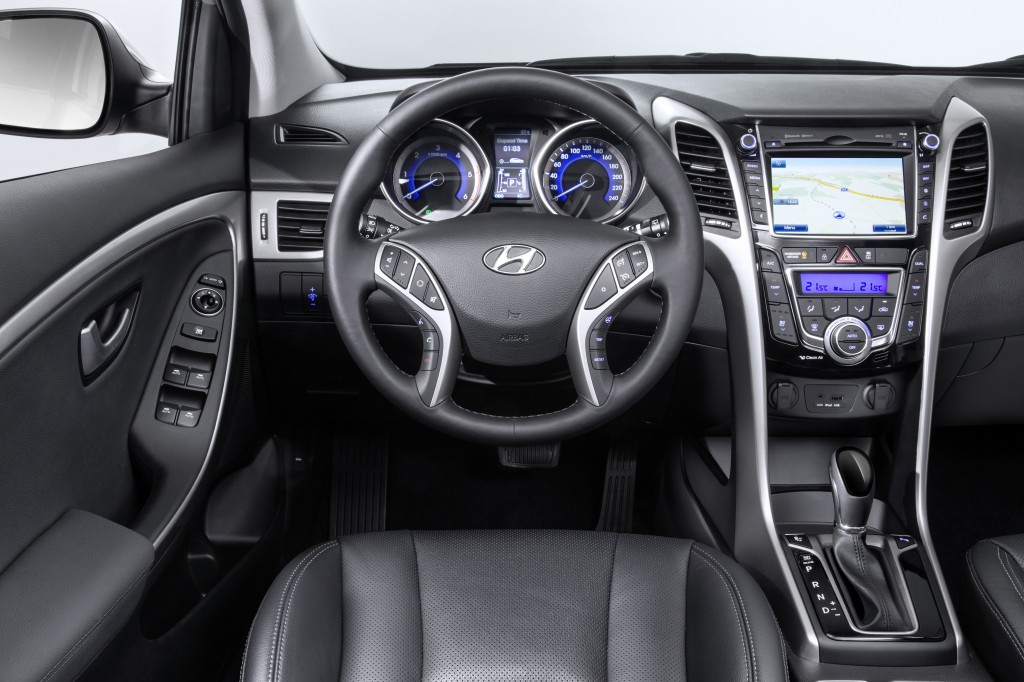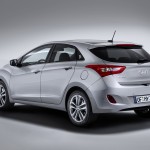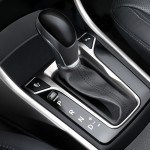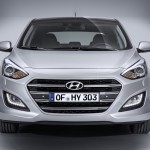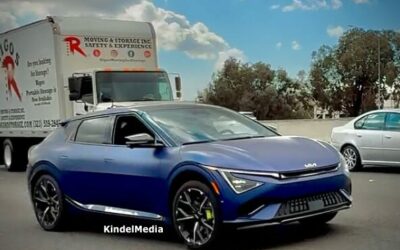Hyundai Motor has today introduced a range of enhancements to the New i30 range, including the addition of a range-topping i30 Turbo, a more performance-oriented model delivering a Nürburgring-tuned 186PS and featuring exclusive sporty design features.
[ads id=”4″ style=”float:left;padding:9px;”]The complete range has been enhanced with improved engines, a new seven-speed dual-clutch transmission, safety and comfort features and refreshed exterior design, intended to make Hyundai’s top-selling model even more appealing.
On sale from 2015, the New i30 range boasts improved engine efficiency across the new car’s three bodystyles: three-door, five-door and Tourer. The new model range offers fuel consumption as low as 78.4mpg and CO2 emissions as low as 94 g/km.
Refreshed, sophisticated exterior design
Hyundai Motor’s European design team has applied upgrades to the exterior, refreshing the look that has attracted positive feedback from consumers when the second generation was launched in 2012.
At the front, a new accentuated hexagonal grille defines the New i30 as a quintessential member of the Hyundai family. Further design enhancements increase the appeal of New i30 among C-segment customers, including the newly designed alloy wheels (16- and 17-inch), as well as three new exterior colours: Polar White, Orange Caramel and Jet Black.
Enhanced, efficient engine range
The New i30 is available with an expanded choice of engines – all Euro6 compliant – with power outputs ranging from 100 ps to 186 ps and CO2 emissions from as low as 94 g/km.
Buyers will have a choice of two diesel options – a1.6-litre engine available in two power output versions of 110 ps and 136 ps. Customers who prefer petrol can select from a 1.4-litre 100 ps or 1.6-litre 120 ps naturally-aspirated engine or the new 1.6-litre 186 ps Turbo-GDI engine.
The 100 ps 1.4-litre Gamma engine has been replaced by a newly developed four-cylinder Kappa unit. This 1352 cc engine is significantly lighter than its predecessor, the Gamma 1.4-litre engine. At only 87 kg, the engine’s base weight has been reduced by 14 kg, resulting in lower fuel consumption of 50mpg and CO2emissions of 129 g/km CO2.
The 1.6-litre diesel and the 1.6-litre petrol GDI engines are also now available with the new seven-speed dual-clutch transmission (7DCT). This option replaces the previous compact, conventional six-speed torque-converter automatic and it will deliver greater fuel efficiency while at the same time increasing acceleration.
Fuel saving technologies included: Integrated Stop & Go (ISG), low rolling-resistance tyres, an alternator management system (AMS) and a drag-reducing ‘active air flap’ in the front grille.
For improved active safety, the Hyundai Land Departure Warning System (LDWS) has will be available (available subject to market specification).
Technical data:
Engines
| Engine | Diesel | |
| 1.6 ‘U’ | 1.6 ‘U’ | |
| Capacity | 1582 cc | 1582 cc |
| Power | 110 PS (81 kW)
@ 4000 rpm |
136 PS (100 kW)
@ 4000 rpm |
| Torque | 280 Nm @ 1500-3000 rpm (MT)
300 Nm @ 1750-2500 rpm (7DCT) |
280 Nm @ 1500-3000 rpm (MT)
300 Nm @ 1750-2500 (7DCT) |
| Manual | 6 | 6 |
| Automatic | 7DCT | 7DCT |
| CO2 (combined) | 94 – 115 g/km | |
| Fuel Cons.
(combined) |
3.6 – 4.4 l/100 km | |
Engines
| Engine | Petrol | |||
| 1.4 Kappa | 1.6 Gamma | 1.6 T-GDI Gamma | ||
| Capacity | 1368 cc | 1591 cc | 1591 cc | |
| Power | 100 PS (74 kW) @ 6000 rpm | 120 PS (88 kW) @ 6300 rpm | 186 PS (137 kW) @ 5500 rpm | |
| Torque | 134 Nm
@ 3500 rpm |
156 Nm
@ 4850 rpm |
265 Nm @ 1500-4500 rpm | |
| Manual | 6 | 6 | 6 | |
| Automatic | – | 6 | – | |
| CO2 (combined) | 129 – 138 g/km | 145 – 158 g/km | 169 g/km | |
| Fuel Cons. (combined) | 5.6 – 6.0 l/100km | 6.3 – 6.8 l/100 km | 7.3 l/100 km | |
Exterior dimensions (mm)
| Overall length | 4300 |
| Overall width | 1780 (excluding door mirrors) |
| Overall height | 1470 |
| Wheelbase | 2650 |
| Front overhang | 880 |
| Rear overhang | 770 |
| Front track | 1549 – 1569 depending on wheel / tyre combination |
| Rear track | 1557 – 1571 depending on wheel / tyre combination |
| Ground clearance | 140 |

